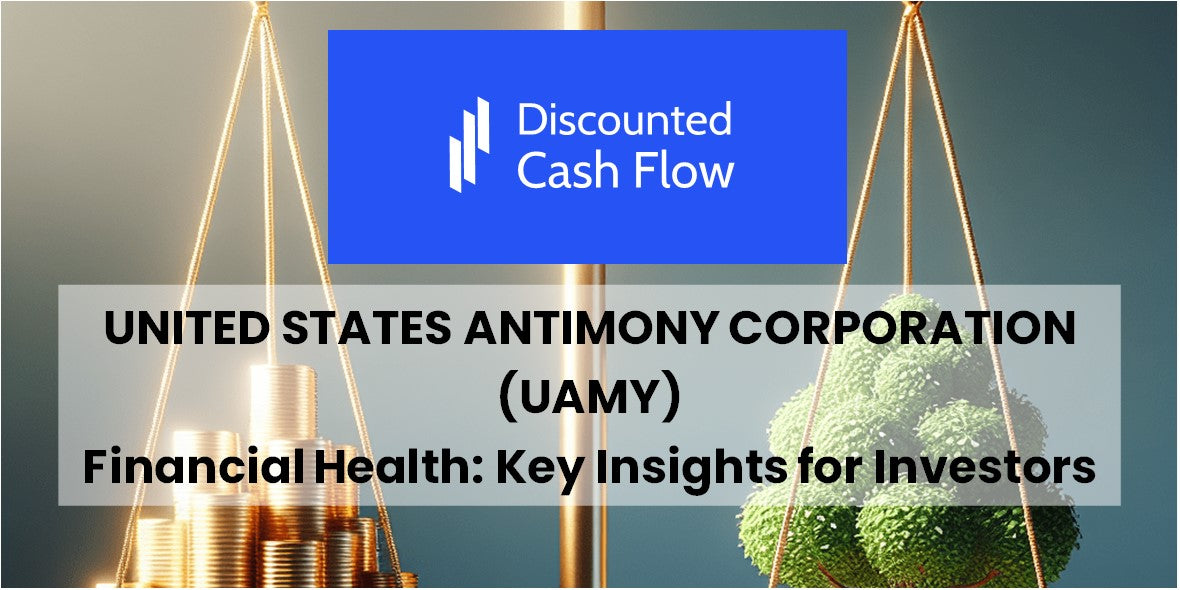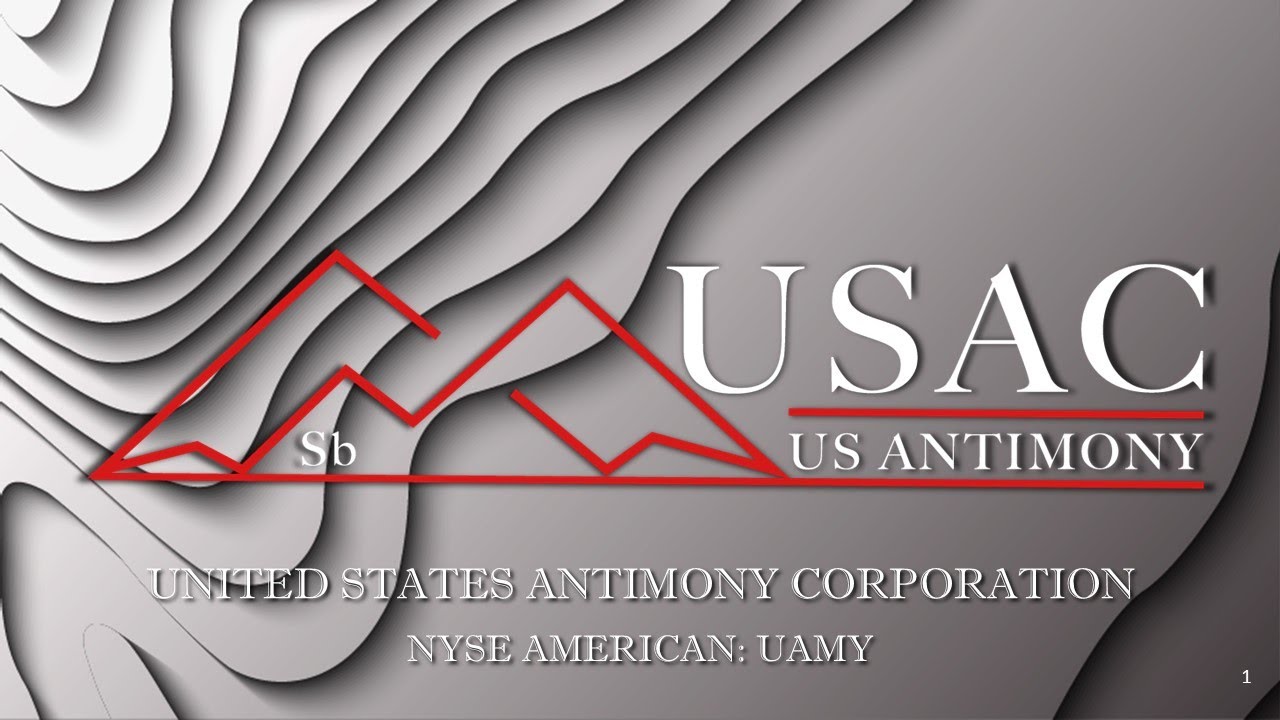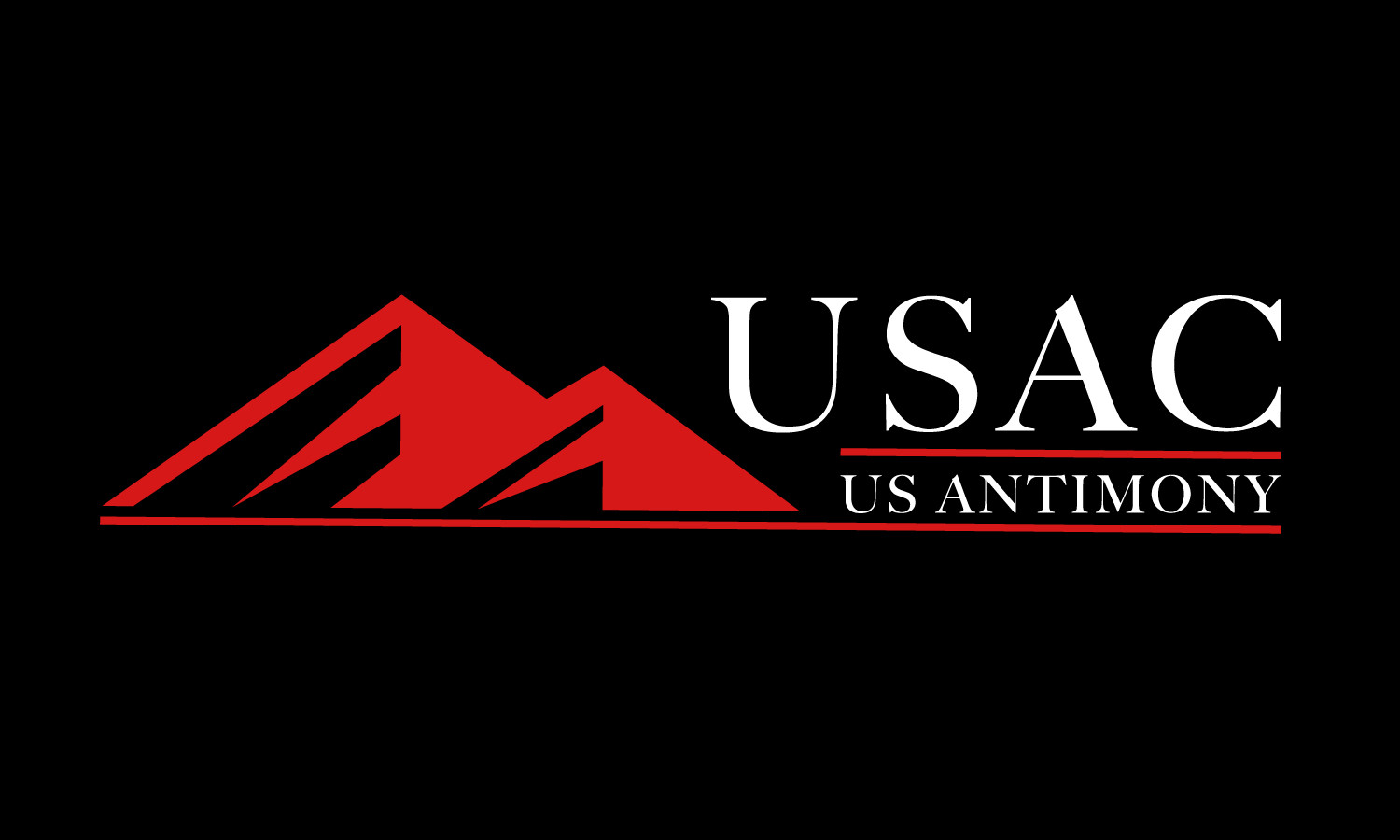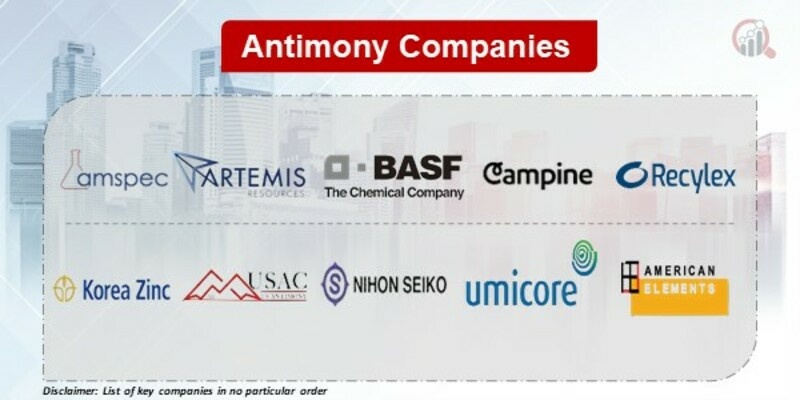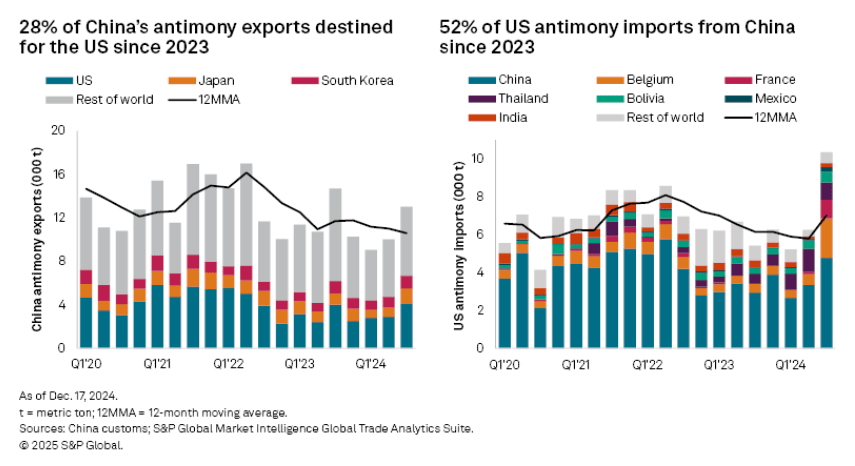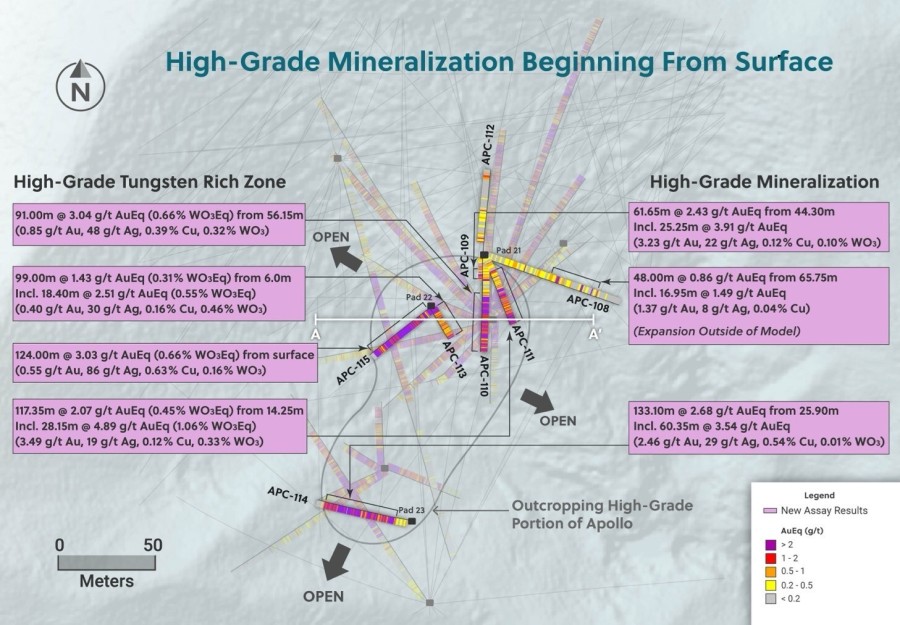United States Antimony Corporation Investor Relations Calendar

The United States Antimony Corporation (USAC), a company historically focused on antimony, zeolite, and precious metals production, faces increasing scrutiny regarding its investor relations practices. The lack of a consistently updated and comprehensive investor relations calendar has raised concerns among shareholders and industry analysts alike.
At the heart of the issue is the perceived opaqueness surrounding USAC's communication strategy. A well-maintained investor relations calendar is crucial for transparency and allows investors to anticipate important events. These include earnings calls, shareholder meetings, and industry presentations.
Investor Concerns and Market Reaction
Investors have voiced frustration over the difficulty in obtaining timely information about USAC's performance and future plans. This lack of readily available information contributes to market uncertainty.
Analysts note that the absence of a clear investor relations calendar can negatively impact a company's stock valuation. It makes it more challenging for investors to make informed decisions.
Some investors have pointed to instances where significant corporate developments were not adequately communicated in advance. This leaves them feeling unprepared and potentially disadvantaged.
USAC's Response and Historical Practices
Historically, USAC has relied on press releases and regulatory filings to disseminate information. However, these methods are often seen as insufficient for proactive investor engagement.
The company has occasionally hosted conference calls to discuss quarterly results. But the scheduling and accessibility of these calls have been inconsistent.
Attempts to contact USAC representatives for comment on this issue have been met with limited response. This has further fueled concerns about transparency.
The Importance of an Investor Relations Calendar
An investor relations calendar serves as a roadmap for stakeholders. It provides a clear timeline of upcoming events and key dates.
It enables investors to anticipate earnings announcements, shareholder meetings, and industry conferences. Providing them with opportunities to engage with company management.
A well-structured calendar also includes details about webcast links, dial-in numbers for conference calls, and presentation materials.
Industry Benchmarks and Best Practices
Many publicly traded companies, particularly those in the resource sector, maintain detailed investor relations calendars on their websites. This is considered a standard best practice.
These calendars typically include dates for quarterly earnings releases, annual shareholder meetings, and participation in industry conferences and webinars.
Some companies even provide advance notice of planned site visits or investor tours, allowing interested parties to witness operations firsthand.
Potential Implications for USAC
The continued absence of a comprehensive investor relations calendar could lead to several negative consequences for USAC.
Decreased investor confidence could translate into lower trading volumes and a depressed share price. This makes it more difficult for the company to raise capital in the future.
Regulatory bodies, such as the Securities and Exchange Commission (SEC), may also take notice if transparency issues persist. This could potentially lead to further scrutiny.
Alternative Perspectives and Counterarguments
It could be argued that USAC, as a smaller company, may have limited resources dedicated to investor relations. This could explain the lack of a fully developed calendar.
Some suggest that the company's focus on operational efficiency and production takes precedence over elaborate communication strategies.
However, critics contend that even smaller companies can implement basic investor relations practices without significant financial investment. Transparency is key.
The Path Forward for USAC
To address investor concerns, USAC could consider implementing a simple yet effective investor relations calendar on its website. This could be a crucial step.
This calendar could include dates for quarterly earnings releases, annual shareholder meetings, and any planned industry events.
Providing clear contact information for investor relations inquiries would also demonstrate a commitment to transparency and open communication.
Potential Benefits of Improved Communication
Improved investor relations could lead to increased market confidence. This could result in a higher share price and improved access to capital markets.
Enhanced transparency could also attract a broader base of investors, including institutional investors who prioritize companies with strong governance practices.
Ultimately, a more proactive and transparent approach to investor relations could benefit both USAC and its stakeholders.
Conclusion: A Call for Greater Transparency
The absence of a consistent investor relations calendar at the United States Antimony Corporation raises concerns about transparency and communication with stakeholders. Addressing this issue is crucial for building investor confidence.
While resource constraints may be a factor, implementing basic investor relations practices is essential for maintaining a healthy market valuation and attracting long-term investment.
The future success of USAC may hinge, in part, on its commitment to improving its investor relations practices and fostering a culture of open communication. Transparency is no longer a luxury, but a necessity.
